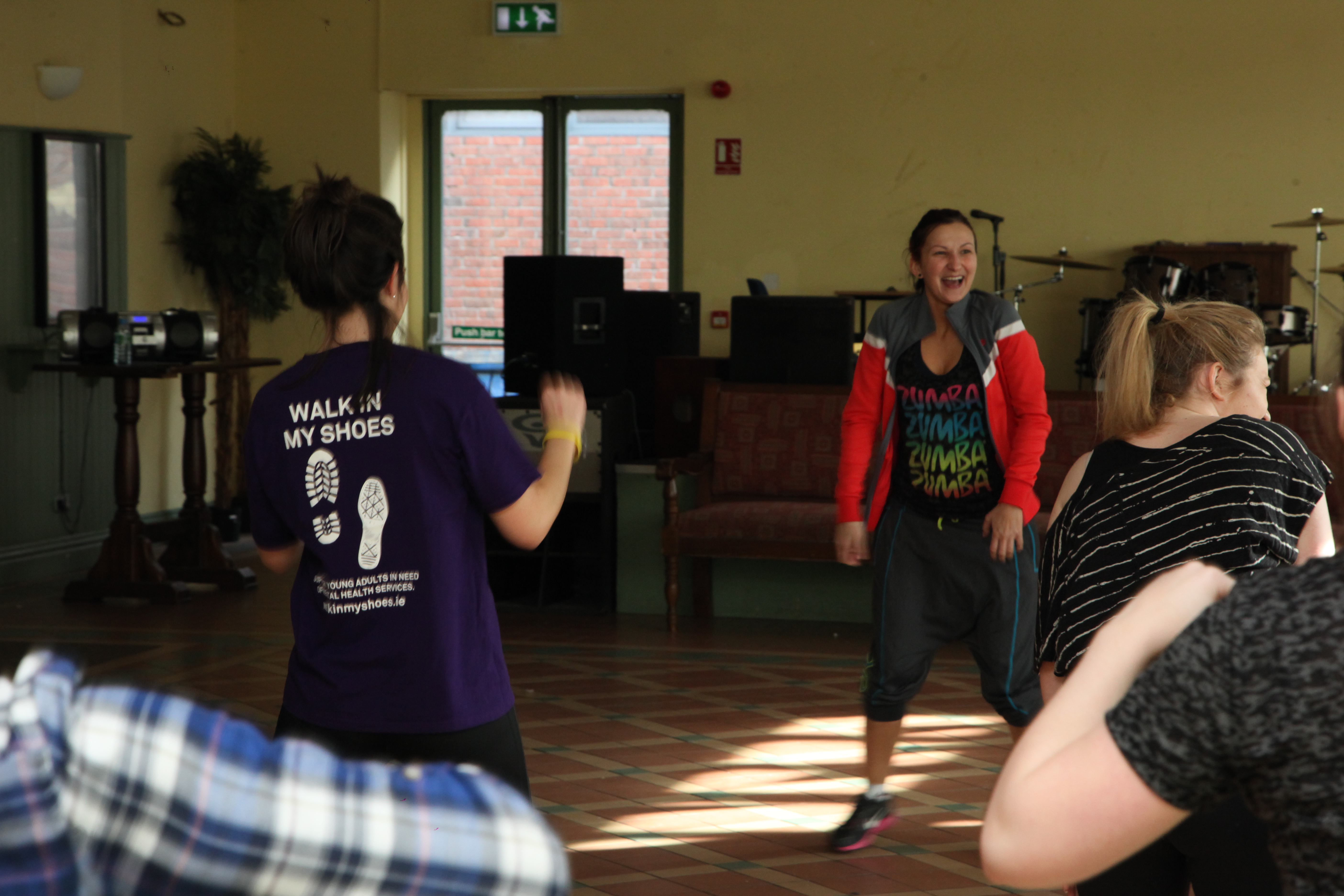
[dropcap]T[/dropcap]here are major concerns over the future of up to 10 of the country’s 14 institutes of technology due to financial deficits and dwindling cash reserves, according to a major review of the sector.
A review by the Higher Education Authority has found that six institutes of technology are “vulnerable” and face immediate sustainability challenges. The institutes included were Letterkenny, Tralee, Galway-Mayo, Waterford, Dundalk and Cork institutes of technology.
While public commentary has focused recently on how Irish universities have slipped down in the world rankings, the situation facing institutes of technology is much bleaker.
Due to falling State grants and growing student numbers, the total income per student across institutes of technology fell by more than 25 per cent between 2008 and 2015. This is almost twice the scale of decline faced by universities and colleges, which have greater scope to borrow money and generate private income.
The 80 page financial review has projected that rising deficits over the next five years will result in a real risk of cash running out for at least three of the institutes within the next two years.
While multiple campuses are considered important in delivering education to regional communities, the report finds they are associated with both high costs and deficits to ensure that they are kept running. One example of this is Letterkenny Institute of Technology’s campus in Killybegs has a deficit of €1.3 million.
The report states that the Higher Education Authority should consider whether or not these campuses are viable or whether increased funding should be made available to keep them running.
Dr Anne Looney, interim chief executive of the HEA, said that this review has demonstrated the scale of the challenge that the Higher Education authority faces in sustaining Institutes of Technology in Ireland.
“We now have comprehensive evidence of the current financial challenges being faced by many institutes of technology and the capacity constraints which will limit their ability to meet the expected growth in student demand in coming years,” said Looney.
Paul Dwyer




Leave a Reply